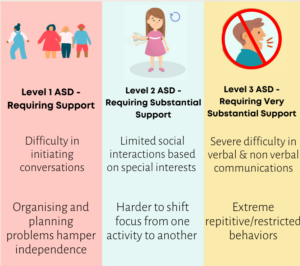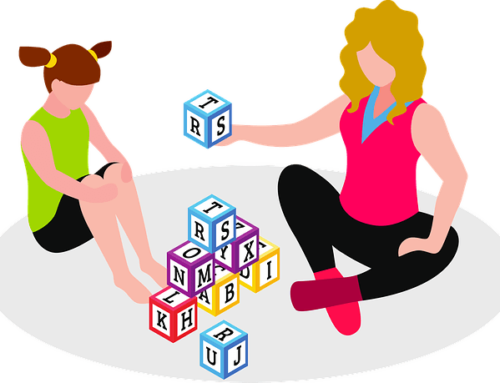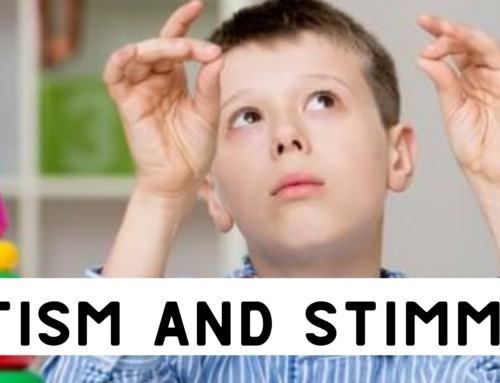When talking about Autism Spectrum Disorder (ASD), it features various levels starting from mild to severe symptoms. People diagnosed with the disorder are further diagnosed into the level of symptoms they have. The levels pave the way for more clarity for a person’s diagnosis of where they fit in on the spectrum.
To be precise, there are three levels of ASD; level 1, level 2, and level 3. These levels define the severity of the autistic’s social skills and behaviours – the two domains of symptoms to which the levels are assigned. They are based on the individual’s strengths and limitations in communicating, adapting to new situations, and managing daily lives, indicating the support they need. Let’s look at each of them in detail.
ASD Level 1 – Requiring Support
Level 1 is the least severe and most ‘high-functioning’ of all. This is mild autism. People suffering from Level 1 ASD find it difficult to initiate social interactions; they may not understand cues and body language at times. They even have trouble organising and planning, which can come in the way of their independence. Level 1 autistics may even want to stick to their already established routines and not welcome changes or unexpected events. However, they only require little support to function according to their routine.
ASD Level 2 – Requiring Substantial Support
Level 2 of ASD is the middle-level of autism – in between mild and severe. People with Level 2 ASD have limited social interactions based on their specific interests. Also, Level 2 autistics tend to show frequent restricted and repetitive behaviours and find it harder to shift focus from one activity to another. They struggle with their communication may or may not be able to communicate verbally. They need extensive support for taking part in any social activity.
ASD Level 3 – Requiring Very Substantial Support
Level 3 of ASD is the most extreme form of autism. Level 3 autistics face serious shortfalls in verbal and nonverbal communication and social skills, because of which they may avoid or limit interactions and have difficulty forming friendships. They find huge difficulty in changing their focus or actions and have extreme repetitive/restricted behaviours that get in the way of functioning independently. People with Level 3 ASD always need a lot of substantial support to learn skills used for daily functioning.
By determining a person’s level of ASD, it is easier to decide the kind of support they will need in order to live a happy, fulfilling, and mostly independent life.





